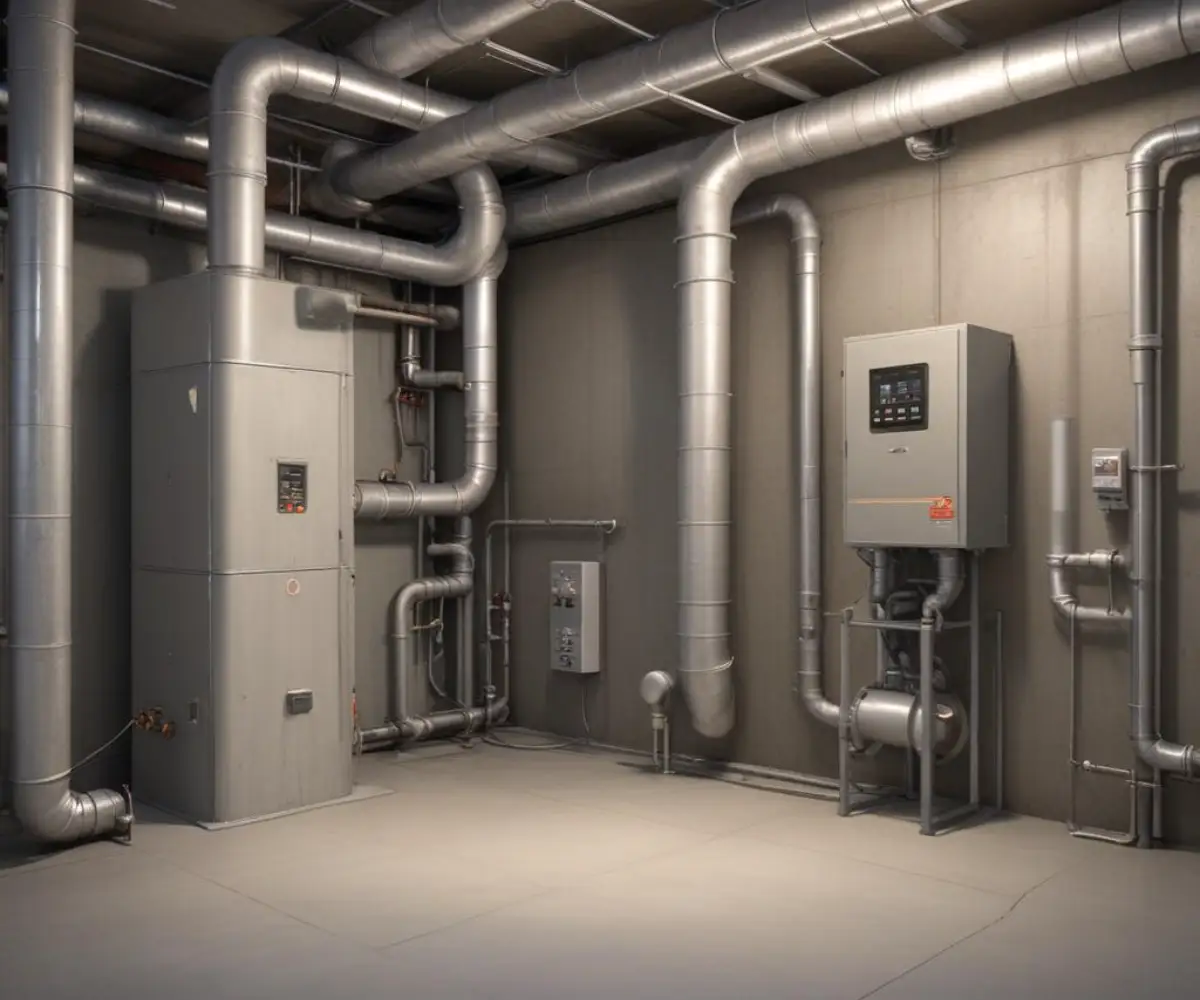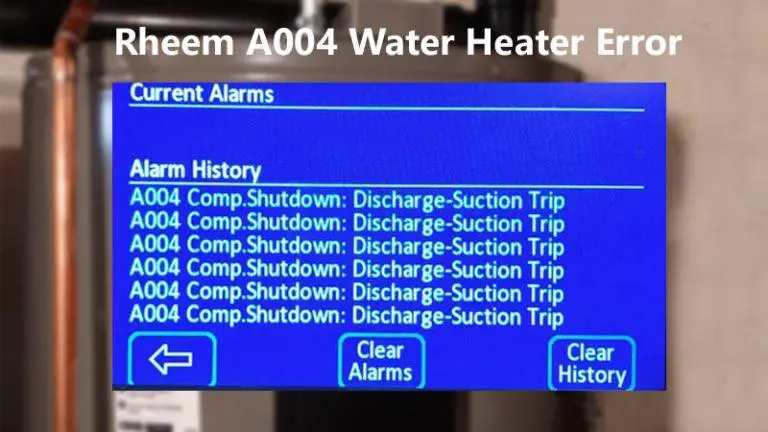Basement HVAC Cost: The #1 Guide to Avoid Overspending
You’ve decided to transform your basement from a dark, forgotten space into a valuable living area. But as you plan the layout and finishes, a critical question emerges: how do you make it comfortable year-round? The answer lies in a dedicated heating, ventilation, and air conditioning (HVAC) system, but the fear of unknown, potentially sky-high costs can be paralyzing.
Many homeowners either underestimate the complexity of conditioning a below-grade space or get sticker shock from initial quotes, putting their renovation dreams on hold. The truth is, installing an HVAC system in a basement comes with unique challenges, from moisture control to proper airflow, that directly impact the final price tag.
This comprehensive guide will demystify the entire process. We will break down the real costs, explore the critical factors that influence the price, and equip you with the knowledge to make an informed decision without overspending. Get ready to turn that cold, damp basement into your home’s favorite new room.
You'll Learn About
Why Your Basement Needs a Dedicated Comfort Strategy
Before diving into the numbers, it’s crucial to understand why you can’t just hope for air to drift downstairs. Basements are fundamentally different from the rest of your house. They are naturally cooler, prone to dampness, and often have limited natural air circulation, which can lead to a host of problems.
A properly installed HVAC system does more than just heat and cool. It provides critical ventilation and humidity control, protecting your investment. This prevents musty odors, stops mold growth in its tracks, and safeguards furniture, electronics, and structural materials from moisture damage. Ultimately, conditioning the space makes it a truly livable, healthy extension of your home.
The Big Question: What’s the Real Cost to Install HVAC in a Basement?
The cost to install an HVAC system in a basement can range anywhere from $3,000 to over $15,000. This wide range is because no two basements are the same. The final price depends heavily on the type of system you choose, the size of your basement, and the complexity of the installation.
A simple project, like extending existing ductwork in an unfinished basement, will be on the lower end of the spectrum. Conversely, installing a brand-new, dedicated high-efficiency system with extensive ductwork in a large, finished basement will represent a much larger investment.
Average Cost Breakdown for a Basement HVAC Installation
To give you a clearer picture, let’s break down the potential expenses. This table provides an estimated range for the various components and labor involved in a typical basement HVAC project. Keep in mind that these are averages and can vary based on your location and specific needs.
| Component / Service | Estimated Cost Range | Notes |
|---|---|---|
| HVAC Unit (Furnace, AC, Heat Pump, Mini-Split) | $1,500 – $7,000+ | Depends on type, size (BTU), and energy efficiency (SEER rating). |
| Ductwork Installation (New) | $2,000 – $5,000+ | Cost is per linear foot and varies by material and accessibility. |
| Labor and Installation | $1,500 – $4,000 | Complexity of the job and local labor rates are major factors. |
| Permits and Inspections | $250 – $1,500 | Required by most municipalities to ensure safety and code compliance. |
| Electrical Work | $300 – $1,000 | New circuits or panel upgrades may be necessary for the new unit. |
| Total Estimated Cost | $3,000 – $15,000+ | This represents a typical all-in project range. |
Key Factors That Drive Up Your Basement HVAC Cost
Understanding what influences the final price is key to managing your budget. Several variables can significantly increase or decrease your total spending. Being aware of these factors allows you to have more productive conversations with contractors and make smarter choices for your project.

1. Type and Size of the HVAC System
The single biggest cost factor is the equipment itself. A high-efficiency furnace paired with a central air conditioner will cost more upfront than a simple ductless mini-split. Correctly sizing the unit is critical; a system that’s too large will cycle on and off inefficiently, while one that’s too small will struggle to keep the space comfortable.
2. The Ductwork Dilemma
If your basement is a blank slate, you’ll need a complete ductwork system installed, which can cost thousands. The layout of your basement, the presence of obstacles like support beams, and the type of material used all affect the price. If you’re merely extending existing ductwork, the cost will be much lower, but it’s vital to ensure your current system can handle the increased load.
3. Labor Costs and Project Complexity
Labor can account for a significant portion of the total bill. An unfinished, open-concept basement is the easiest (and cheapest) to work in. A finished basement with existing drywall, complex layouts, and low ceilings will require more time and finesse from the installation crew, driving up labor costs.
4. Condition of Your Basement
Is your basement already waterproofed and insulated? If not, these are essential prerequisites to any HVAC installation. Installing a system in a damp, uninsulated space is a recipe for disaster, leading to rust, mold, and extreme inefficiency. Addressing these issues first will add to your overall project cost but is a non-negotiable step.
Choosing the Right HVAC System for Your Basement
You have three primary options for heating and cooling your basement, each with its own set of costs and benefits. The best choice depends on your home’s existing setup, your budget, and how you plan to use the space.
Option 1: Extending Your Existing HVAC System
This is often the most budget-friendly option, especially if your main HVAC unit is located in or near the basement. The project involves tapping into your existing supply and return plenums and running new ducts to condition the basement. However, this is only viable if your current furnace and AC are powerful enough to handle the extra square footage.
Option 2: Installing a Dedicated System
A separate, smaller furnace and air conditioner just for the basement provides the best performance and control. This creates a distinct “zone” in your home, allowing you to set the basement temperature independently from the rest of the house. While it carries a higher upfront cost, it offers superior comfort and long-term efficiency.
Option 3: The Ductless Mini-Split Advantage
Ductless mini-splits are an increasingly popular choice for basements. They consist of an outdoor condenser connected to one or more indoor air handlers. Their key benefit is that they require no ductwork, making installation less invasive and often faster. They are incredibly energy-efficient and excellent for providing both heating and cooling to specific areas.
Don’t Forget These Hidden Costs and Critical Considerations
A successful basement HVAC project goes beyond just the unit and ducts. Overlooking these crucial elements can lead to poor performance, higher energy bills, and an uncomfortable living space.
Moisture and Dehumidification
Basements are naturally humid. Your new HVAC system will help, but it might not be enough. Consider a whole-home dehumidifier integrated with your HVAC system to keep the air dry and prevent that clammy basement feeling.
The Power of Proper Insulation
Without proper insulation, any heat or cool air you pump into the basement will escape through the concrete walls and rim joists. Investing in insulation creates a thermal barrier, making your HVAC system far more effective and efficient. For instance, understanding the rim joist insulation cost is a small step that can lead to significant long-term savings on your energy bills.
Air Quality, Vents, and Returns
Good air circulation is key to avoiding stale, dusty air. An effective system needs not only supply vents to deliver conditioned air but also return vents to pull old air out. Poor air return is a common mistake that leads to stuffiness and pressure imbalances. Proper ventilation is also your first line of defense against airborne particles, which is essential if you want to know how to get dust out of the basement for good.
DIY vs. Hiring a Pro: A Clear Winner
While the temptation to save on labor costs by installing an HVAC system yourself is understandable, this is one job best left to the professionals. HVAC installation involves working with high-voltage electricity, natural gas lines, and refrigerant—all of which pose significant safety risks if handled improperly.
A licensed HVAC contractor will perform a Manual J load calculation to determine the exact size system you need, ensuring optimal performance. They understand local building codes, handle all necessary permits, and guarantee their work. The peace of mind and long-term reliability that come with professional installation are well worth the cost.
Your Roadmap to a Comfortable and Climate-Controlled Basement
Transforming your basement into a comfortable living space is a smart investment in your home. While the cost of installing an HVAC system can seem daunting, it’s a critical component for creating a healthy and enjoyable environment. By understanding the different system options, the factors that influence price, and the importance of professional installation, you can approach your project with confidence.
Start by getting at least three detailed quotes from reputable local HVAC contractors. Discuss your needs, ask questions, and ensure the estimate includes a full breakdown of costs. With the right plan and a clear budget, you are well on your way to adding valuable, comfortable square footage to your home that your family can enjoy for years to come.

